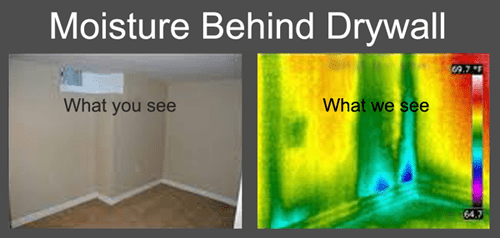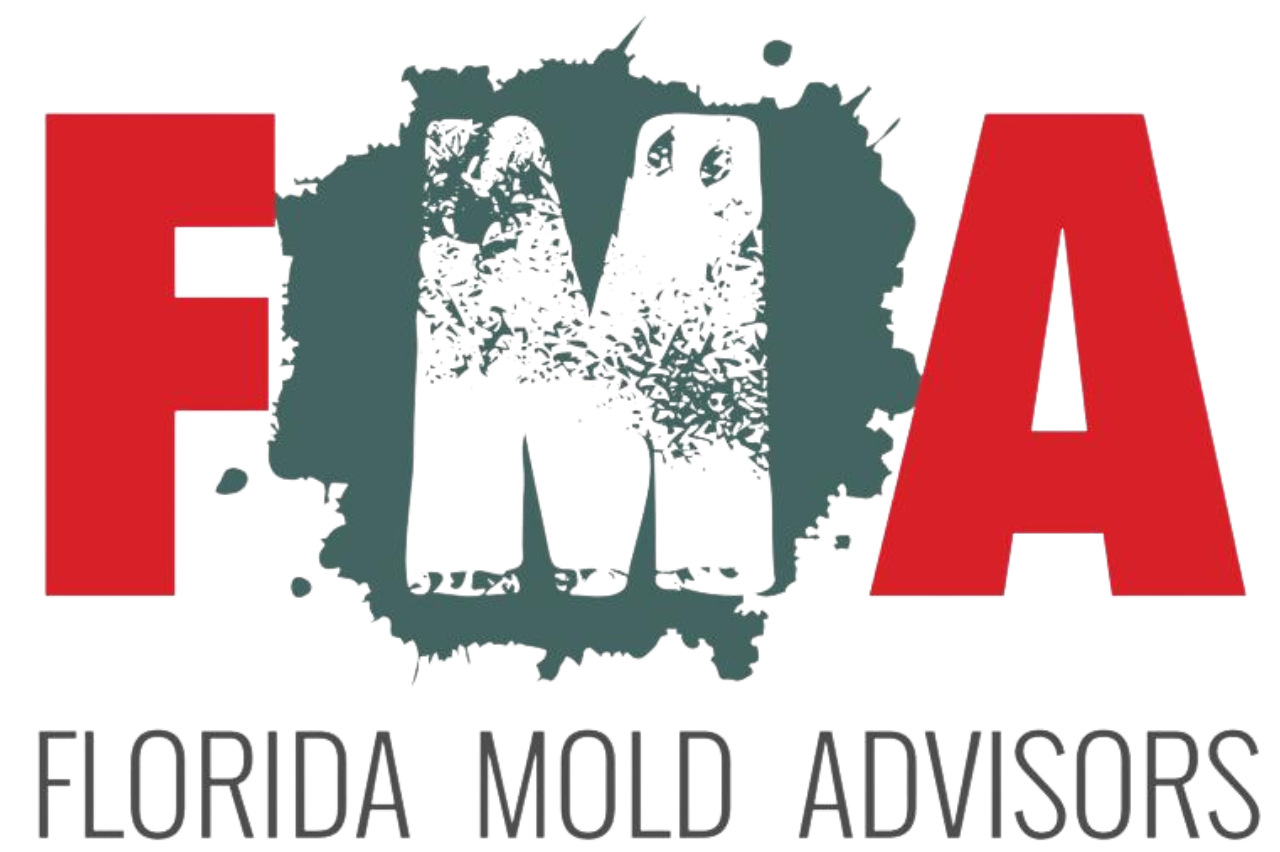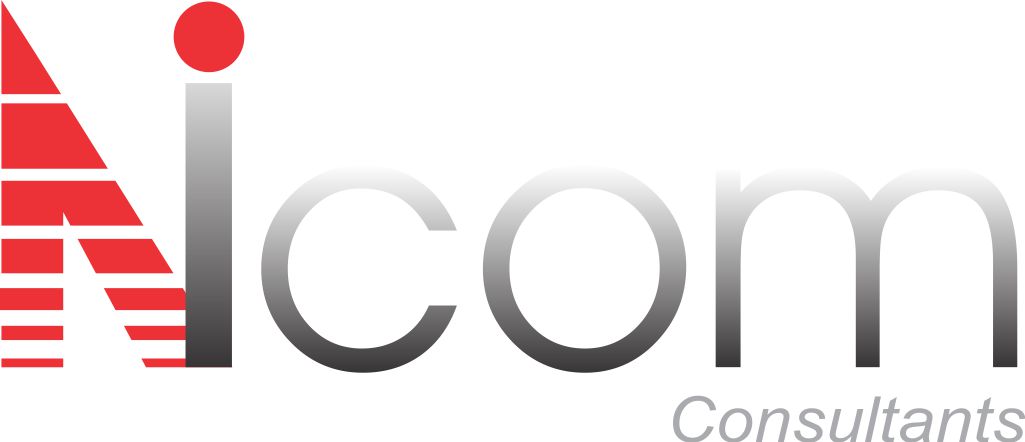Mold Assessors
Florida Treasure Coast
Water Damage
Most important about us: Over 31 years of experience in International Air Conditioning and Indoor Air Quality Over 12 years working with water damage and Mold remediation Excellent customer service We cover the entire Treasure coast Competitive Prices FREE INSPECTIONS RESIDENTIAL AND COMMERCIAL SERVICES
Mold Testing
Mold inspections can catch early signs of mold contamination before it becomes out of control. Only a certified Mold Inspector can properly identify early signs of mold and other pollutants in your home. We perform a thorough visual mold inspection and/or air quality tests of your home. The test results will show 26 of the most common molds found, spore counts and percentages in your air. The test results could make a huge difference in your families health.
Any time that moisture collects on organic materials, fungal growth may occur. Mold spores are always present in the environment, but they only get the opportunity to start growing if the moisture levels become high enough. Addressing mold growth really starts with identifying the source of the moisture and then evaluating the extent of the growth.

What is Mold?
Molds are organisms which are neither plant nor animal. They are part of the fungi kingdom.
Unlike plants, molds do not get their energy from the sun through photosynthesis. In fact the sun’s ultraviolet light inhibits mold growth. Molds also digest or “eat” the material they are growing on. The role of mold is to break down decaying organic matter such as dead plants, leaves or dead animals.
Mold Growth Indoors and Outdoors
Some places where mold likes to grow in the home include carpet, paper, clothes, leather, drywall, wood, insulation and food.
More places where mold commonly grows in the home can be found at Where Mold Grows.
Mold digests what it is growing on using enzymes which are released from the tips of the hyphae and break down the material the mold is living on. The hyphae then absorb these nutrients which can be passed through the mycelium and leads to the mold colony growing.

